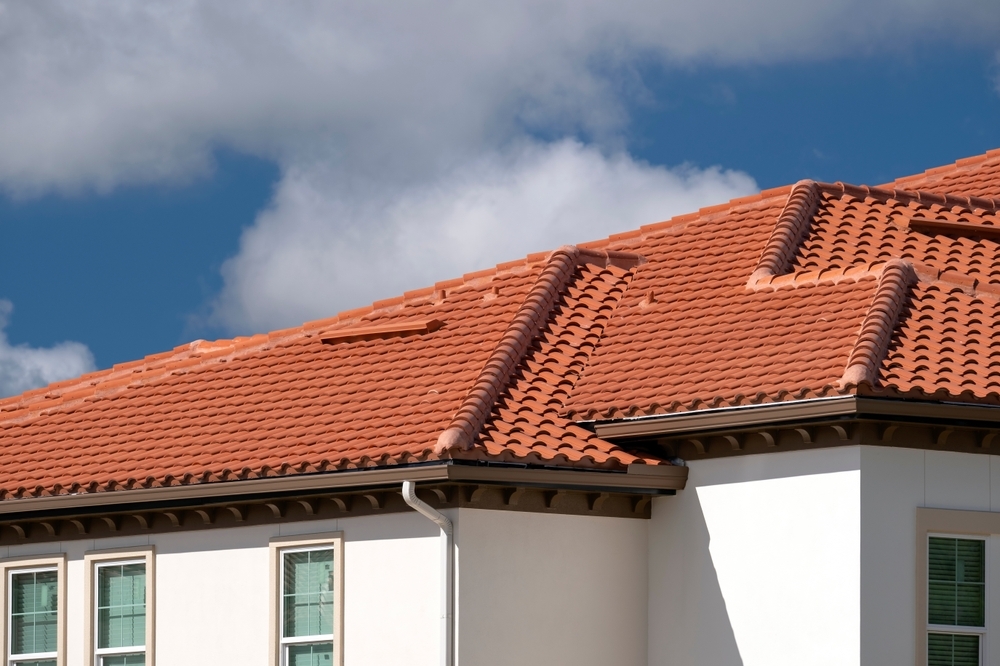What's the best roof for windy areas?
Author: Barbara Horwitz-Bennett | June 26, 2025
Choosing the best roof for windy areas can mean the difference between your house emerging from a windstorm worry-free, or with missing shingles and severe roof damage.
So, which roofing materials are going to be your best bet? Fiberglass asphalt shingles, metal and tiles are three of the best choices for keeping your roof intact through seasons of high winds.

Fiberglass Asphalt Shingles
Made with a fiberglass mat surrounded by layers of asphalt and coated with mineral granules, fiberglass asphalt is a great option as long as you select a quality product and it's installed properly. If possible, homeowners should choose shingles that meet ASTM's standard D3462 for durability.
Metal Roofing
Metal roofing is a durable option, with some systems capable of withstanding winds up to 140 miles per hour, according to the Metal Roofing Alliance. The connected pieces and continuous seams of a metal roof system leave few openings that are vulnerable to uplift. However, metal can pick up scratches and dings from flying debris.
Clay, Cement and Concrete Tiles
Clay tiles perform well in the face of high winds and heavy rain, but they must be properly installed, as blown-off tiles can easily break through windows and doors. As a precaution, you can install tiles with a foam adhesive, which will create a stronger hold to prevent them from coming loose.
As a secondary choice, cement and concrete S-tiles have been known to withstand 125-mile-per-hour winds, according to Roofing Contractor. However, it's important to note that homes with cement, concrete or clay roofing must have a foundation and structure that can support these heavier materials.
What Else Do You Need to Consider?
Regardless of the roofing material, other considerations factor into designing a secured roofing system suitable for high wind conditions.
The underlayment should be strong and secure. For roofing retrofits, any rotted or damp wood should be removed and replaced with stronger, heavier plywood. Installing standard roofing felt or synthetic underlayment on top can also make it more durable and moisture-resistant.
Another way to ensure the best roof for windy areas is to focus on the fasteners. Most manufacturers specify the number of nails a contractor should use per shingle, and some counties or states in high-wind areas even mandate this number in local building codes. With asphalt roofs, for example, some manufacturers or codes require six nails per shingle, while others only specify four.
Code Requirements
Another issue to keep in mind is following relevant code requirements. For example, the Miami-Dade County, Fla., hurricane code requires that all site-built family homes with sloped, hipped or gable roofs undergo secondary waterproofing. The same applies to homes with asphalt shingles, wood shingles and architectural metal roof panels.
Even roofing materials that are designed for high winds should be checked for loose shingles before and after storms, as well as regularly inspected by a qualified roofing contractor.
Looking for the right materials for your next project in a windy area? QXO can help.